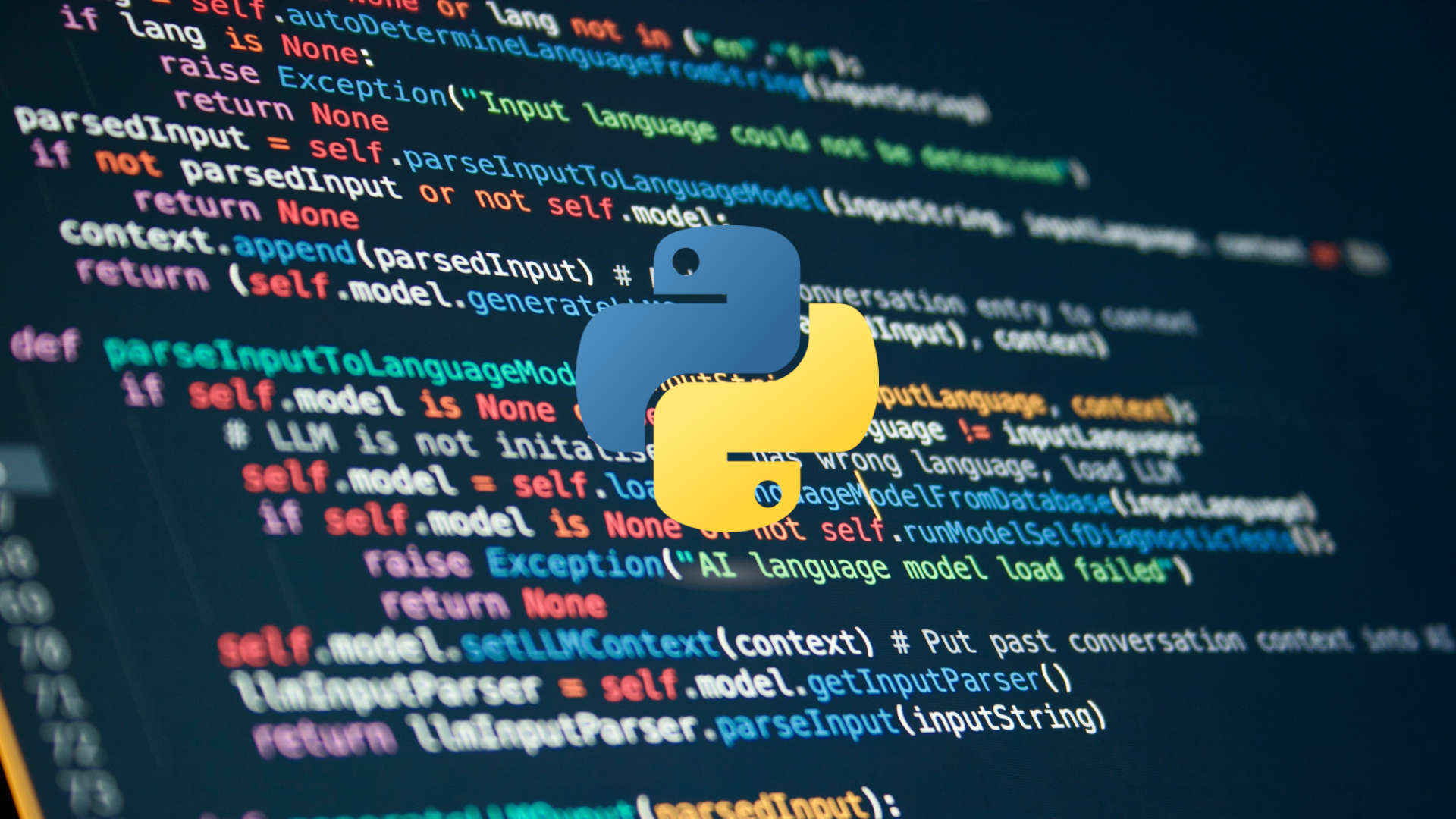In a world driven by instant data, waiting for distant servers is no longer fast enough. Imagine a world where your smart car reacts instantly to road hazards, or your wearable device analyzes your health data in real time — all without waiting for a distant server to respond. That’s the promise of edge computing: bringing data processing closer to where it’s needed most.
What Is Edge Computing?
Edge computing is a modern approach where data is processed closer to its source, rather than being sent to a distant cloud server.
Instead of depending solely on centralized data centers, edge devices like sensors, gateways, or local servers handle tasks locally — leading to faster, smarter, and more secure systems.

🚀 Why Edge Computing Matters
In our increasingly connected world — with IoT, smart devices, autonomous vehicles, and real-time systems — traditional cloud models often fall short due to latency, bandwidth, or privacy concerns.
Edge computing solves these issues by:
- Reducing latency 🕒 (faster responses)
- Saving bandwidth and cloud costs
- Increasing data privacy and security
- Supporting real-time decision-making
💡 Key Benefits of Edge Computing
-
⚡ Ultra-low Latency
Processes data near the source, enabling real-time reactions (crucial for self-driving cars, healthcare devices, etc.). -
📉 Reduced Bandwidth Usage
Filters and processes only necessary data locally — less strain on your network and cloud storage. -
🔒 Improved Security & Privacy
Sensitive data stays local or gets encrypted before going to the cloud — useful for healthcare, finance, and legal data. -
🛠 Better Reliability
Works even when internet connectivity is weak or down — perfect for remote areas or industrial automation. -
📈 Scalable & Flexible
Can scale horizontally with more devices — no need to overload a central server.
🧠 Real-World Applications
Edge computing is already making a big impact in:
-
🌐 IoT & Smart Devices
Smart homes, factories, and cities process data on-site for instant feedback and automation. -
🚗 Autonomous Vehicles
Cars process sensor data on-board to make real-time driving decisions. -
🏥 Healthcare Monitoring
Wearables analyze vitals instantly and send alerts during emergencies. -
🎮 AR/VR & Gaming
Edge servers reduce lag for immersive experiences. -
🛍 Retail & Surveillance
In-store cameras analyze foot traffic or detect theft in real-time.
⚠️ Challenges to Consider
Despite the benefits, edge computing comes with a few challenges:
- Complexity — Managing many devices is harder than a single cloud platform.
- Security — More devices = more attack surfaces.
- Limited Resources — Some edge devices can’t handle heavy computing.
- Cloud Integration — Balancing what runs on edge vs. cloud needs careful planning.
🌍 The Future of Edge Computing
Edge computing is not a replacement for cloud, but a powerful complement. With the rise of 5G, AI, and IoT, more systems will rely on edge for instant insights and efficient operations.
Tomorrow’s technology — from autonomous drones to smart glasses — will depend on it.
✅ Final Thoughts
Edge computing is shaping the future of tech by making systems faster, more private, and highly responsive. Whether you’re building apps, working with IoT, or deploying AI, understanding the edge-cloud balance is essential.
💬 Have thoughts or questions? Leave a comment or share this post!

 7 Ways to Speed Up Your Python Code
7 Ways to Speed Up Your Python Code
